Growing plants without soil might sound like a futuristic concept, but it’s a reality that’s been around for quite some time.
Hydroponics is gaining traction among gardening enthusiasts and professionals alike. It’s an innovative way to produce food and ornamental plants in environments where traditional agriculture might not be possible.
If you’re interested in diving into the world of soilless cultivation, here are some practical tips for growing plants organically in a hydroponics system.
Understand the Basics of Hydroponics
Before you start, it’s essential to grasp the fundamentals of hydroponics. Unlike traditional gardening, hydroponics doesn’t use soil. Instead, plants are supported by an inert medium, and their roots are submerged in a nutrient-rich solution that provides all the necessary minerals and elements for growth.
This method allows for better control over the plant’s environment, leading to faster growth and higher yields.
Choose the Right System
There are several types of hydroponic systems, including Wick, Deep Water Culture (DWC), Nutrient Film Technique (NFT), Ebb and Flow, and Aeroponics.
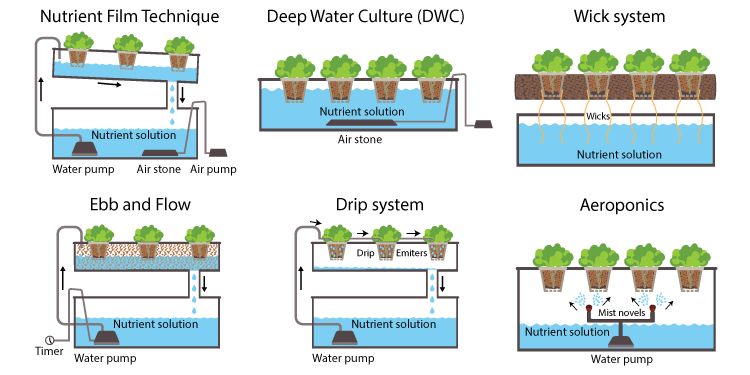
Each system has its advantages and specific use cases.
For beginners, we would highly recommend the DWC or Ebb and Flow systems due to their simplicity and effectiveness. You should also consider the space you have available, the type of plants you want to grow, and your level of commitment when choosing a system.
Select Appropriate Plants
Not all plants thrive in a hydroponic environment. Leafy greens like lettuce, spinach, and herbs are excellent choices for beginners due to their relatively short growth cycles and minimal maintenance requirements.
As you gain more experience, you can experiment with more demanding plants like tomatoes, peppers, and cucumbers.
Use Organic Nutrients
One of the keys to successful organic hydroponics is the nutrient solution. Traditional hydroponic systems often rely on synthetic nutrients, but for an organic approach, you’ll need to source nutrients derived from natural materials.
Look for organic hydroponic nutrients that are OMRI (Organic Materials Review Institute) listed, ensuring they are suitable for organic production. These nutrients are usually derived from plant extracts, fish emulsions, seaweed, and other natural sources.
Maintain the Right pH and EC Levels
Monitoring and adjusting the pH and Electrical Conductivity (EC) levels of your nutrient solution is crucial in a hydroponic system.
The pH level affects how plants absorb nutrients, while the EC level indicates the concentration of nutrients in the solution.
For most plants, a pH level between 5.5 and 6.5 is ideal. Use a pH meter and EC meter to regularly check the levels and make adjustments as needed using organic pH adjusters.
Ensure Proper Lighting
Lighting is a crucial factor in plant growth.
If you’re growing indoors or in a low-light environment, you’ll need to provide an artificial light source. LED grow lights are a popular choice due to their efficiency and lower heat output. Make sure your plants receive the right amount and type of light they need for photosynthesis and growth, mimicking natural sunlight as closely as possible.
Monitor and Control the Environment
The beauty of hydroponics is the level of control it offers over the growing environment. Temperature, humidity, and air circulation all play significant roles in plant health.
Keep the growing area at a consistent temperature suitable for your plants, usually between 65°F and 75°F. Use fans to improve air circulation, reducing the risk of pests and diseases.
Practice Good Hygiene
Hygiene is paramount in hydroponics to prevent the spread of pests and diseases. Clean your system thoroughly between each growth cycle using organic disinfectants.
Regularly inspect your plants for signs of distress and remove any that are diseased or infested to prevent the problem from spreading.
Be Patient and Keep Learning
Like any gardening method, hydroponics comes with a learning curve. Don’t get discouraged by initial setbacks.
Every failure is an opportunity to learn and improve. Keep experimenting with different plants, nutrients, and techniques to find what works best for you and your setup.
Conclusion
Growing plants organically in a hydroponic system is an exciting and rewarding endeavor. It combines the science of plant nutrition with the joy of gardening, all while promoting sustainable and efficient food production.
By following these tips and staying curious, you’ll be well on your way to becoming a proficient hydroponic gardener.
Remember, the goal is to create a harmonious environment where your plants can thrive, so pay attention to their needs and adjust your practices accordingly. Happy gardening!

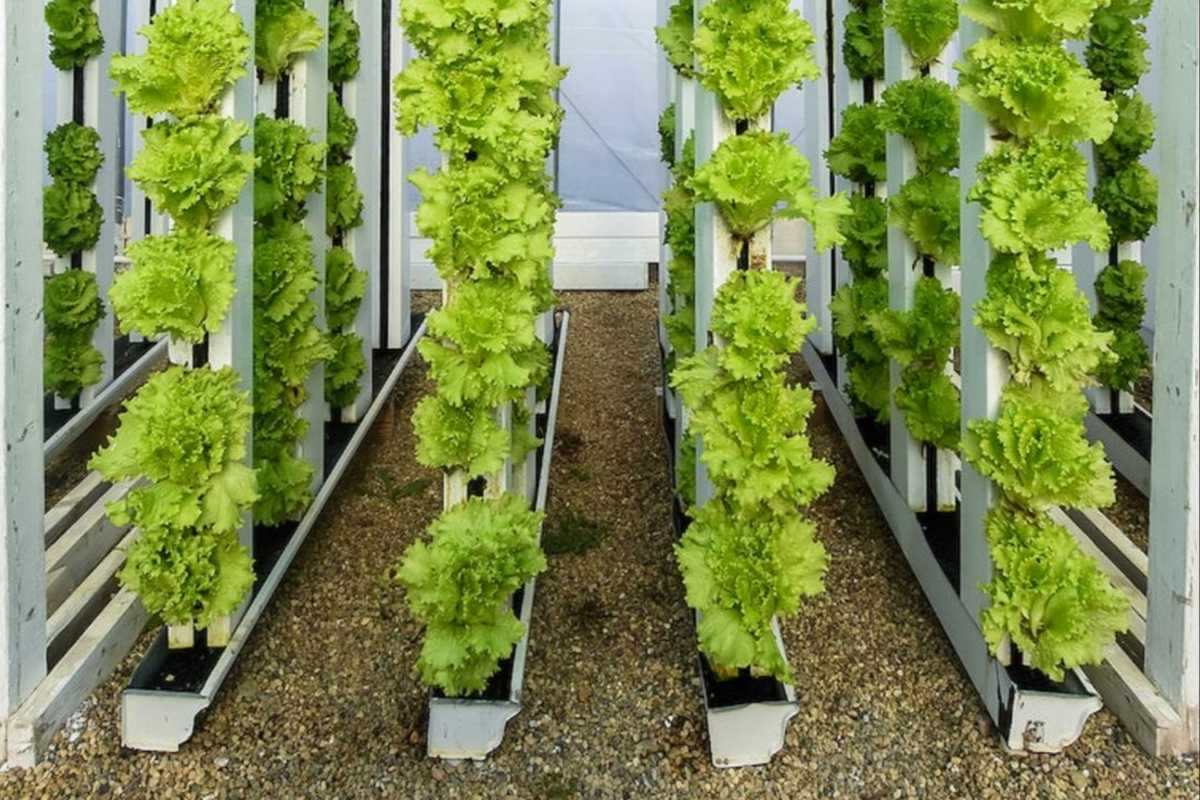
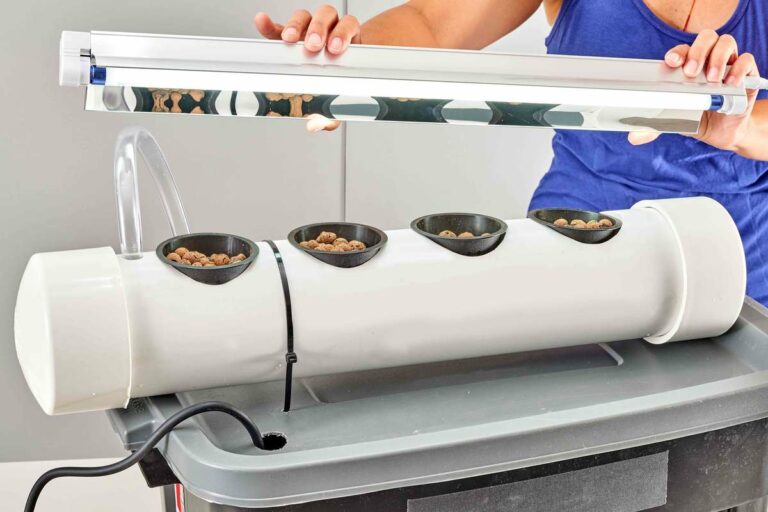
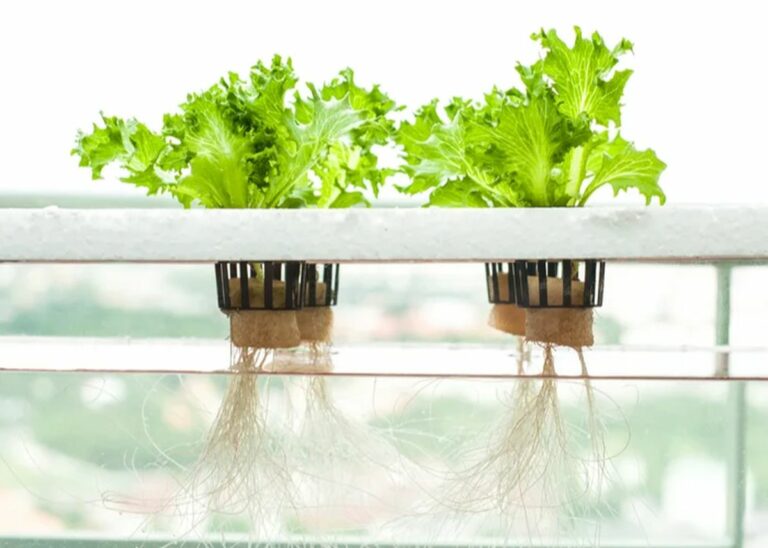
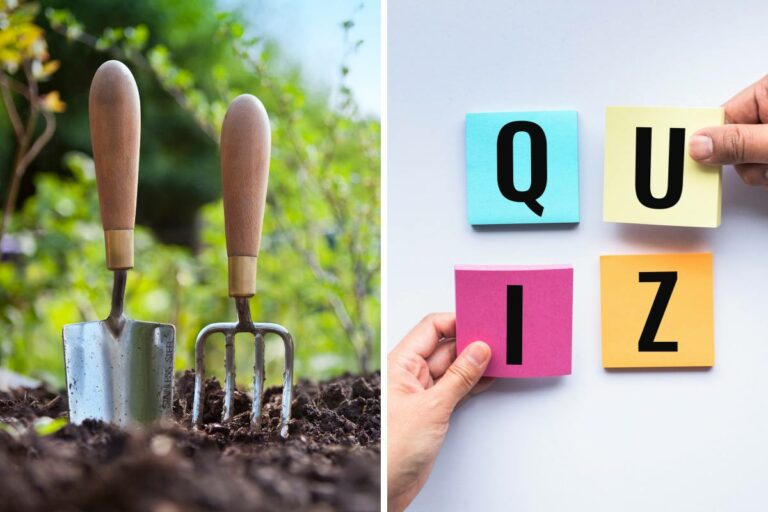

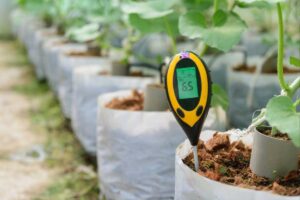
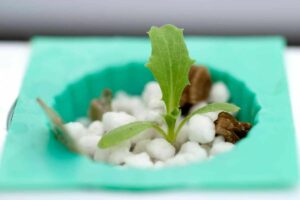

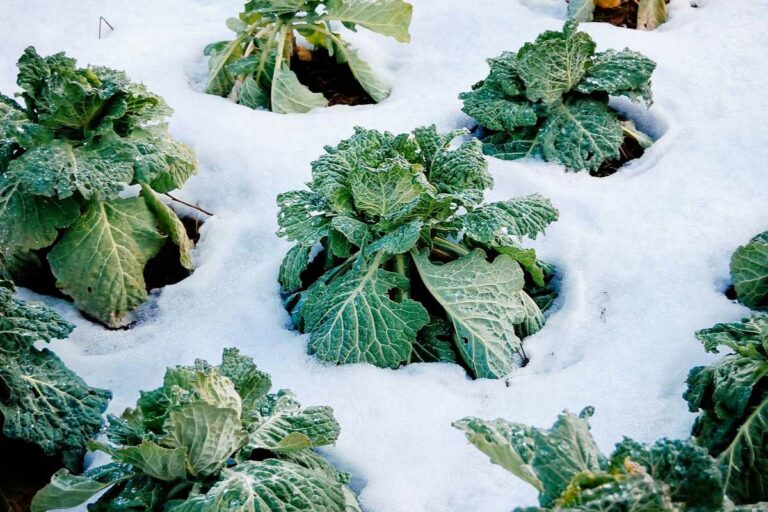
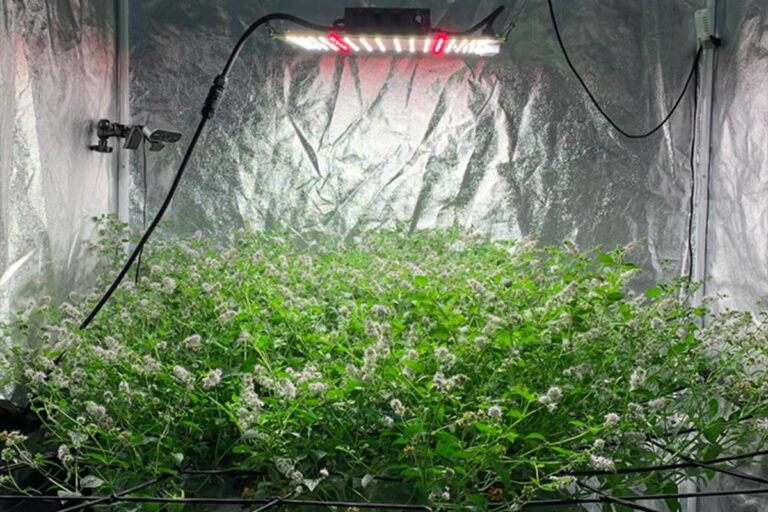

+ There are no comments
Add yours